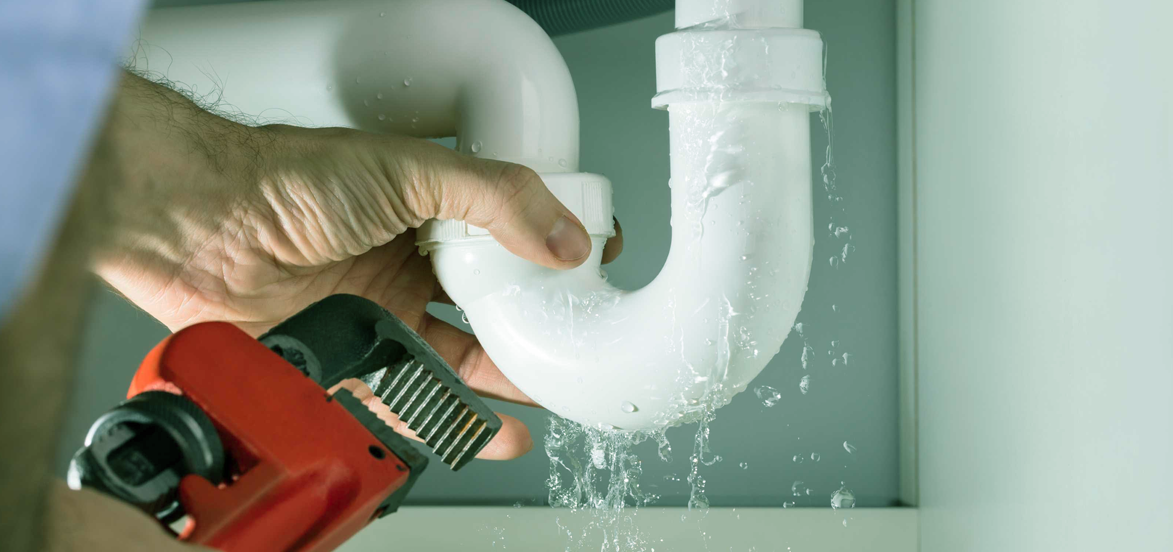Just how do you really feel in regards to Finding hidden leaks?

Early detection of leaking water lines can minimize a possible disaster. Some small water leakages may not be visible.
1. Take A Look At the Water Meter
Every house has a water meter. Checking it is a proven way that assists you uncover leakages. For starters, turn off all the water sources. Make sure no person will purge, make use of the faucet, shower, run the washing device or dish washer. From there, most likely to the meter and watch if it will alter. Since no one is using it, there must be no activities. If it relocates, that indicates a fast-moving leak. If you find no modifications, wait an hour or two and check back once more. This indicates you may have a slow-moving leakage that can even be below ground.
2. Check Water Intake
Analyze your water costs as well as track your water consumption. As the one paying it, you must observe if there are any type of discrepancies. If you identify sudden changes, in spite of your consumption being the same, it suggests that you have leakages in your plumbing system. Remember, your water costs should fall under the exact same array on a monthly basis. An abrupt spike in your bill suggests a fast-moving leakage.
A consistent boost every month, also with the exact same practices, reveals you have a sluggish leak that's additionally slowly escalating. Call a plumber to thoroughly examine your residential property, particularly if you feel a cozy area on your flooring with piping underneath.
3. Do a Food Coloring Examination
When it pertains to water usage, 30% originates from bathrooms. Test to see if they are running appropriately. Drop flecks of food color in the tank and also wait 10 minutes. There's a leak in between the storage tank as well as dish if the color in some way infiltrates your dish throughout that time without flushing.
4. Asses Exterior Lines
Don't forget to check your outside water lines as well. Must water permeate out of the link, you have a loosened rubber gasket. One small leak can squander heaps of water and also increase your water costs.
5. Examine the situation as well as inspect
Home owners should make it a habit to examine under the sink counters and also also inside cupboards for any type of bad odor or mold growth. These two warnings show a leakage so timely attention is required. Doing regular examinations, also bi-annually, can save you from a significant problem.
Inspect for discolorations and also deteriorating as many appliances and pipelines have a life expectancy. If you believe leaking water lines in your plumbing system, don't wait for it to rise.
Early detection of dripping water lines can reduce a possible catastrophe. Some tiny water leakages may not be noticeable. Checking it is a proven method that aids you find leaks. One little leak can throw away heaps of water and increase your water bill.
If you presume leaking water lines in your plumbing system, do not wait for it to escalate.
WARNING SIGNS OF WATER LEAKAGE BEHIND THE WALL
PERSISTENT MUSTY ODORS
As water slowly drips from a leaky pipe inside the wall, flooring and sheetrock stay damp and develop an odor similar to wet cardboard. It generates a musty smell that can help you find hidden leaks.
MOLD IN UNUSUAL AREAS
Mold usually grows in wet areas like kitchens, baths and laundry rooms. If you spot the stuff on walls or baseboards in other rooms of the house, it’s a good indicator of undetected water leaks.
STAINS THAT GROW
When mold thrives around a leaky pipe, it sometimes takes hold on the inside surface of the affected wall. A growing stain on otherwise clean sheetrock is often your sign of a hidden plumbing problem.
PEELING OR BUBBLING WALLPAPER / PAINT
This clue is easy to miss in rooms that don’t get much use. When you see wallpaper separating along seams or paint bubbling or flaking off the wall, blame sheetrock that stays wet because of an undetected leak.
BUCKLED CEILINGS AND STAINED FLOORS
If ceilings or floors in bathrooms, kitchens or laundry areas develop structural problems, don’t rule out constant damp inside the walls. Wet sheetrock can affect adjacent framing, flooring and ceilings.
https://www.servicemasterbyzaba.com/blog/how-to-detect-water-leakage-in-walls/

As a fervent person who reads about Leaking water lines, I think sharing that section was sensible. Are you aware of someone else who is intrigued by the subject? Feel free to share it. We love reading our article about Leaking water lines.
Address all plumbing emergencies here.